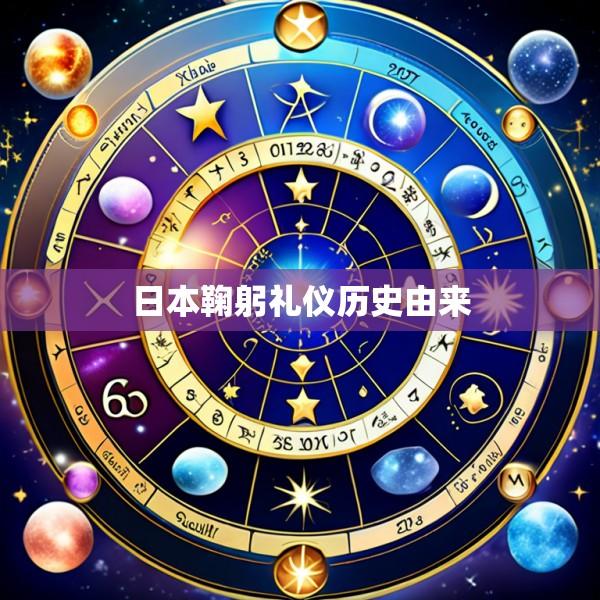Origins in Ancient Religious and Social Practices
The roots of Japan’s bowing etiquette, known as ojigi, trace back to ancient religious rituals and social hierarchies. Shinto, Japan’s indigenous religion, emphasized reverence for kami (spirits or gods), and bowing was a key gesture to show respect and humility toward these deities. This practice of bowing to sacred entities gradually extended to interpersonal relationships, becoming a way to honor individuals of higher status. Additionally, the introduction of Buddhi *** from China and Korea in the 5th–8th centuries reinforced bowing as a spiritual act—disciples bowed to their masters to demonstrate submission and piety, while devotees bowed to Buddha statues to express devotion. These religious foundations laid the groundwork for bowing as a core element of Japanese etiquette.
Feudal Era and Samurai Class Formalization

During Japan’s feudal period (especially the Kamakura and Edo periods), the samurai class played a pivotal role in formalizing bowing as a structured social custom. The samurai code of conduct (bushido) stressed loyalty, respect, and hierarchy, and bowing became a visual marker of these values. The depth and duration of a bow indicated the relative status between individuals: deeper bows were required for superiors, while shallower bows sufficed for peers. Samurai also used bowing to deescalate conflicts, as lowering the body symbolized submission and a lack of aggression. Written manuals from this era, such as those from the Muromachi period, codified specific bowing styles for different scenarios (e.g., temple visits, formal meetings), solidifying its role in maintaining social order.
Evolution Through the Edo Period and Beyond
The Edo period (1603–1868) brought peace and stability to Japan, allowing the samurai class to dominate cultural norms. Bowing permeated all layers of society, becoming a daily habit for people of all classes—not just warriors. The rise of urban centers and the popularity of cultural practices like tea ceremonies further promoted bowing as a refined gesture. However, the Meiji Restoration (1868) introduced Western influences, including handshakes and other greetings. Despite this, bowing remained deeply entrenched in Japanese identity, adapting to modern contexts while retaining its traditional significance. Today, it coexists with Western customs, used in both formal settings (business meetings, religious ceremonies) and casual interactions (greetings among friends).
Symboli *** of Respect, Humility, and Harmony
At its core, bowing in Japan is a nonverbal expression of respect, humility, and a commitment to social harmony. The physical act of bending forward symbolizes the willingness to set aside one’s ego and acknowledge the dignity of others. Different bowing angles carry specific meanings: a 15degree nod (eshaku) is casual, a 30degree bow (keirei) is formal, and a 45degree or deeper bow (saikeirei) conveys profound apology or reverence. This nuanced system reflects Japan’s emphasis on hierarchical relationships and mutual respect, where bowing serves as a bridge to maintain balance and understanding in interpersonal interactions.
